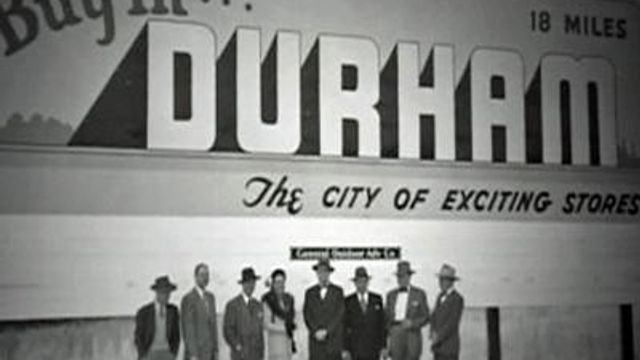Documentary Looks at Durham in Terms of Black and White
A new documentary looks back at Durham's post-World War II society, separated by Jim Crow and thriving on the riches of tobacco and textiles.
Posted — Updated"This is an opportunity for kids to come out and see the big ideas of American history as they played out on the streets of Durham. The civil rights movement, with Dr. King here. Local leaders were in the vanguard, and that was social change," said Dr. Steven Channing, producer of "Durham: A Self Portrait."
Durham looked much different in the 1940s, Channing said. His documentary looks back at a divided community and at the socio-economic factors that helped change lives and shape the city we know today.
"Imagine 1944. There were white schools and black schools, white churches and black churches. There was a white community and a black community. There was a white side of town and a black side of town. The 'between' did not meet," historian John Hope Franklin said.
Channing followed his love for Durham and his desire to teach the city's past when producing the film.
"The longest shelf life and value for this film will be in the classroom," he said.
Channing said he hopes the film will be the lens through which students see the struggles made by those before them.
"There's a rich opportunity, I think, using this film as a jumping-off point for kids to learn more about this community and about this nation," he said.
"Durham: A Self Portrait" airs Sunday at 5 p.m. on Fox50.
• Credits
Copyright 2024 by Capitol Broadcasting Company. All rights reserved. This material may not be published, broadcast, rewritten or redistributed.





